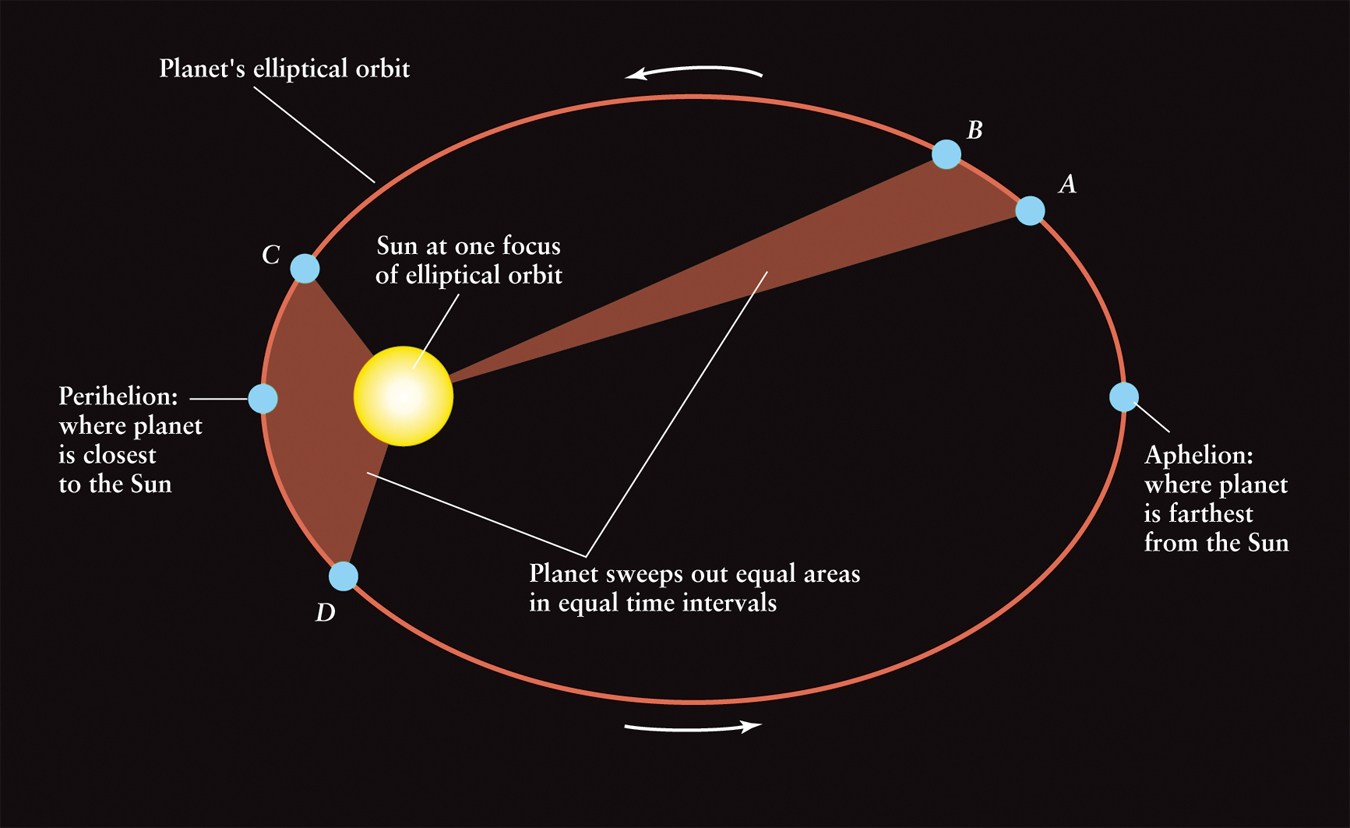
Figure 3-15 Kepler’s First and Second Laws According to Kepler’s first law, a planet travels around the Sun along an elliptical orbit with the Sun at one focus. According to his second law, a planet moves fastest when closest to the Sun (at perihelion) and slowest when farthest from the Sun (at aphelion). As the planet moves, an imaginary line joining the planet and the Sun sweeps out equal areas in equal intervals of time (from A to B or from C to D). By using these laws in his calculations, Kepler found a perfect fit to the apparent motions of the planets.